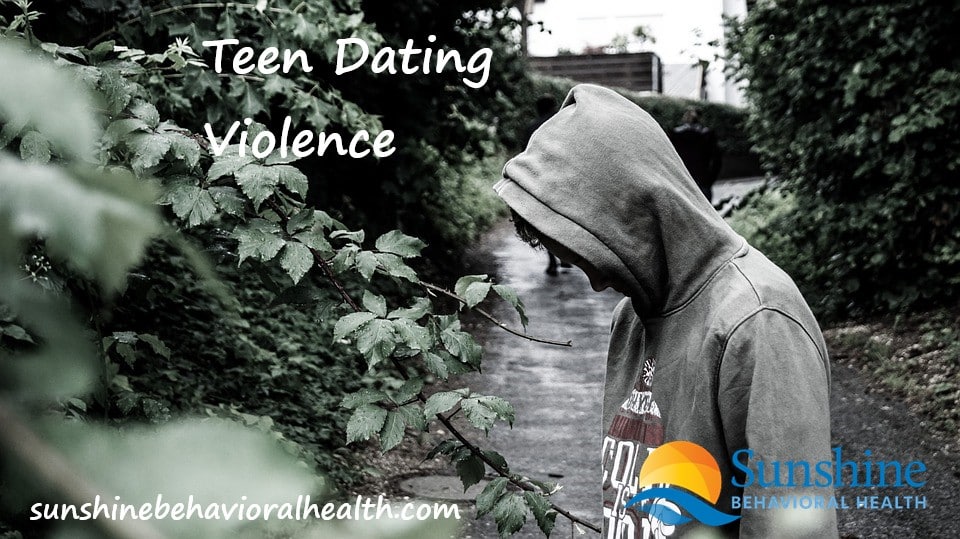
Recognizing and Stopping Teen Dating Violence
Teens and young people these days have it tough. Sure, they have youth on their sides, but they may face problems people in previous generations may never have imagined.
Electronic dating abuse, harassment, bullying, and violence are some of these problems.
What is digital dating abuse?
Around 28% of U.S. students from the ages of 12 to 17 said they experienced digital dating abuse in the prior year, according to a survey published in 2020.
This abuse can take multiple forms. People who perpetuate it might:
- Verbally or emotionally abuse their romantic partners via text, social media platforms, or other ways.
- Convince others to hurt their partners online.
- Use private videos or pictures to blackmail people or force them to do or say certain things.
- Hack into email or social media accounts.
- Monitor or stalk people electronically or coerce them to contact them frequently, especially if they pay for the victims’ devices.
As people use phones or other devices, they can electronically abuse others from afar. They might constantly send messages or ask their partners to check in with them. They might post things to hurt or embarrass their partners on social media. This abuse can be constant and difficult to escape.
Digital abuse frequently appears with other kinds of harm:
- 32% teens who experienced digital abuse also experienced sexual coercion, which is five times higher than teens who didn’t experience these things.
- 52% of teens who experienced digital abuse were also physically abused, 2.5 times higher than other teens.
- 84% of teens who experienced digital abuse were also psychologically abused, 2.4 times higher than other teens.
What are some ways to stop teen dating violence?
Even when they’re not the victims of digital abuse, teens might experience other types of dating violence:
- One-third of U.S. residents from the ages of 14 to 20 have been abused by a romantic partner.
- 76% of teens have experienced psychological abuse.
- 9.4% of high school students said that their romantic partners physically hurt them in the previous year.
There are ways to stop teen dating violence and psychological, physical, and digital abuse.
Parents and other adults can talk with teens about dating violence. Adults can say that they’re always available to talk and remind younger people that they can refuse things if they make them uncomfortable.
Teens and trusted adults can also use assistance to help them escape or avoid dating violence and abuse.
One such resource is Love Is Respect, a hotline to help teens facing dating abuse. To contact Love Is Respect, people can
- Call its helpline at 866 331 9474
- Use its TTY service by dialing 800 787 3224
- Text LOVEIS to 22522
- Start a live chat on the Love Is Respect website
For teens and others experiencing abuse and violence, help is always available.
Sources
journals.sagepub.com – Digital Dating Abuse Among a National Sample of U.S. Youth
cyberbullying.org – Digital Dating Abuse Among Teens: Our Research, and What We Must Do
urban.org – Digitizing Abuse – Teen Dating Harassment Through Technology
sunshinebehavioralhealth.com – Teen Dating Violence 101
loveisrespect.org – Need Help Now? Get in Touch
A Message From Our CEO
Medical disclaimer:
Sunshine Behavioral Health strives to help people who are facing substance abuse, addiction, mental health disorders, or a combination of these conditions. It does this by providing compassionate care and evidence-based content that addresses health, treatment, and recovery.
Licensed medical professionals review material we publish on our site. The material is not a substitute for qualified medical diagnoses, treatment, or advice. It should not be used to replace the suggestions of your personal physician or other health care professionals.





